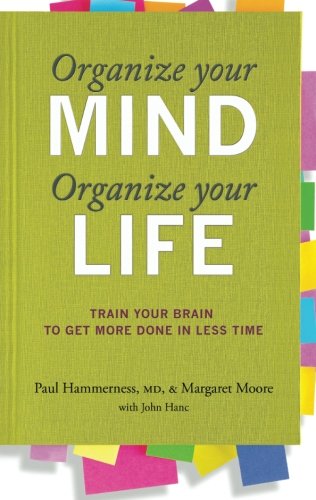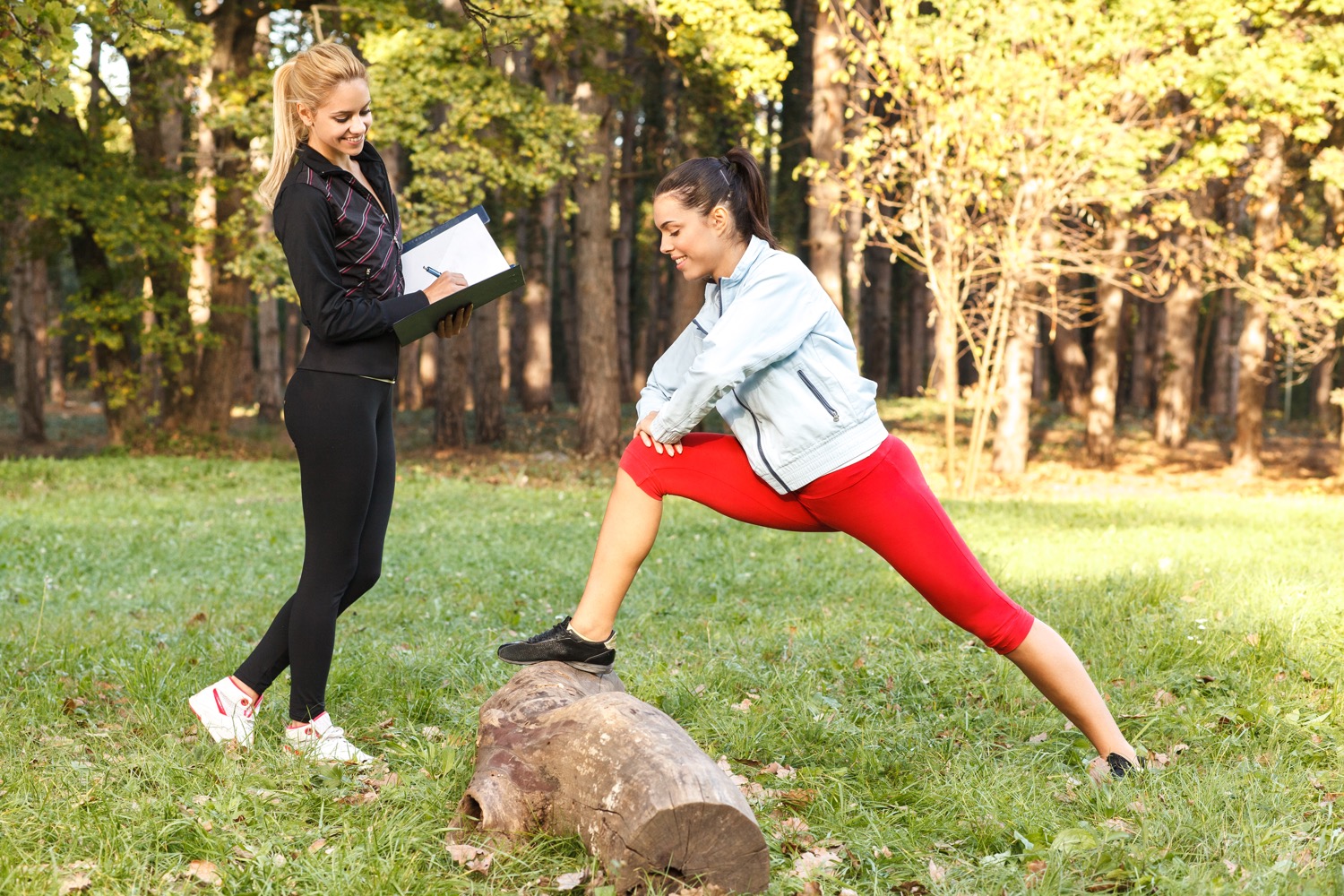It's two weeks before Halloween. Make the holiday your own with a party. It can be a pre-trick-or treat party, a children's party to keep them off the street, or an elegant adult soiree.
Tonight I write to make some different sorts of suggestions about Halloween parties and Halloween food. My different perspective comes from the historical roots of Halloween which is witches' brew of an ancient Celtic festival Samhain (pronounced Sow-in), the later Roman holidays of Feralia and Pomona, and finally the Catholic Feast of All Martyrs/All Saints/All Hallows day. The name " All Hallow's" literally says, " all that is holy".These are beautiful holidays are full of respect for the harvest, the circle of life, ancestors, saints, and the turn of the seasons. They all included feasts, and outdoors activities late in the night complete with festive fires. Accordingly, " Halloween" is of course a contraction of the words " Hallowed" and " Evening".
I have a soft spot in my heart for All Hallows' Eve as I like to call it, since our youngest child was born on that day. As a result, it has always been a big family celebration for us, and so we have always had a party.
Accordingly, I have never gone in for the typical commercial Halloween decoration and imagery. True, I like a very dark and mysterious Halloween. Particularly after I had children, though, I never saw fit to incorporate what I feel are images of violence into the holiday. For example, I am totally not into the blood, gore and mutilation thing.
Instead, Halloween to me is about the beauty and magic of the night and the natural world. For example I have incorporated themes of stars, the moon, planets and comets. People consider these magical motifs, but to me they evoke the magical math and science which can describe their movements.
I also incorporate anything botanical. At this time of year the leaves are getting crinkled and brown, and the branches are bare. Some are dried all but the berries, But there is beauty even in this. You can make them even more evocative with paint, glitter, or interesting low lighting.
I incorporate the creatures of the night in my All Hallows' decorating. From mice, rats, bats, spiders, beatles, wolves, and owls to moths chasing a flame, these are all interesting and beautiful creatures who are worthy of our attention. Instead of vilifying them or presenting them in caricature, I try to present them as they are, almost like museum specimens. If I could have live ravens with their glossy black feather, I would. For children I might do a faux insect display, with a little parchment note about the creature, and how they fit into the ecosystem.
And fire. Of course fire, since fire hearkens to the primordial processes in the heart of our sun which make life on this earth possible. Did you ever think about the fact that when you watch a flame you are watching matter being turned into energy ?
To bring fire into the home or patio, you must first be safe. I like metal tea lights since they burn safely set inside a beautiful container. These are easy to clean up as well. I use lots of candles, and keep the regular lights down low. For fire outside, make a traditional bonfire. Check your local fire regulations and use common sense for this, especially with children.
So use branches, bugs, bats in mobiles, candles, faux spider webs done carefully, with dark elegant colors, or moonlight white. But whatever you do, make your party beautiful enough to transport your guest to a different holiday " Hallowed" frame of mind.
The food should do the same. This means, of course, that the food should be a little unusual, yet very good, and very showy. Do always consider the comfort of your guests and make sure that there is something for the very young and the food sensitive to eat. For example, I have done an herbed roast turkey in the past, with a wild rice stuffing with dried fruit. I always do a dark carbonated fruit punch with floating berries and dry ice. I like lots of fall fruit strewn on the table. Desserts are numerous, and seasonal.



























